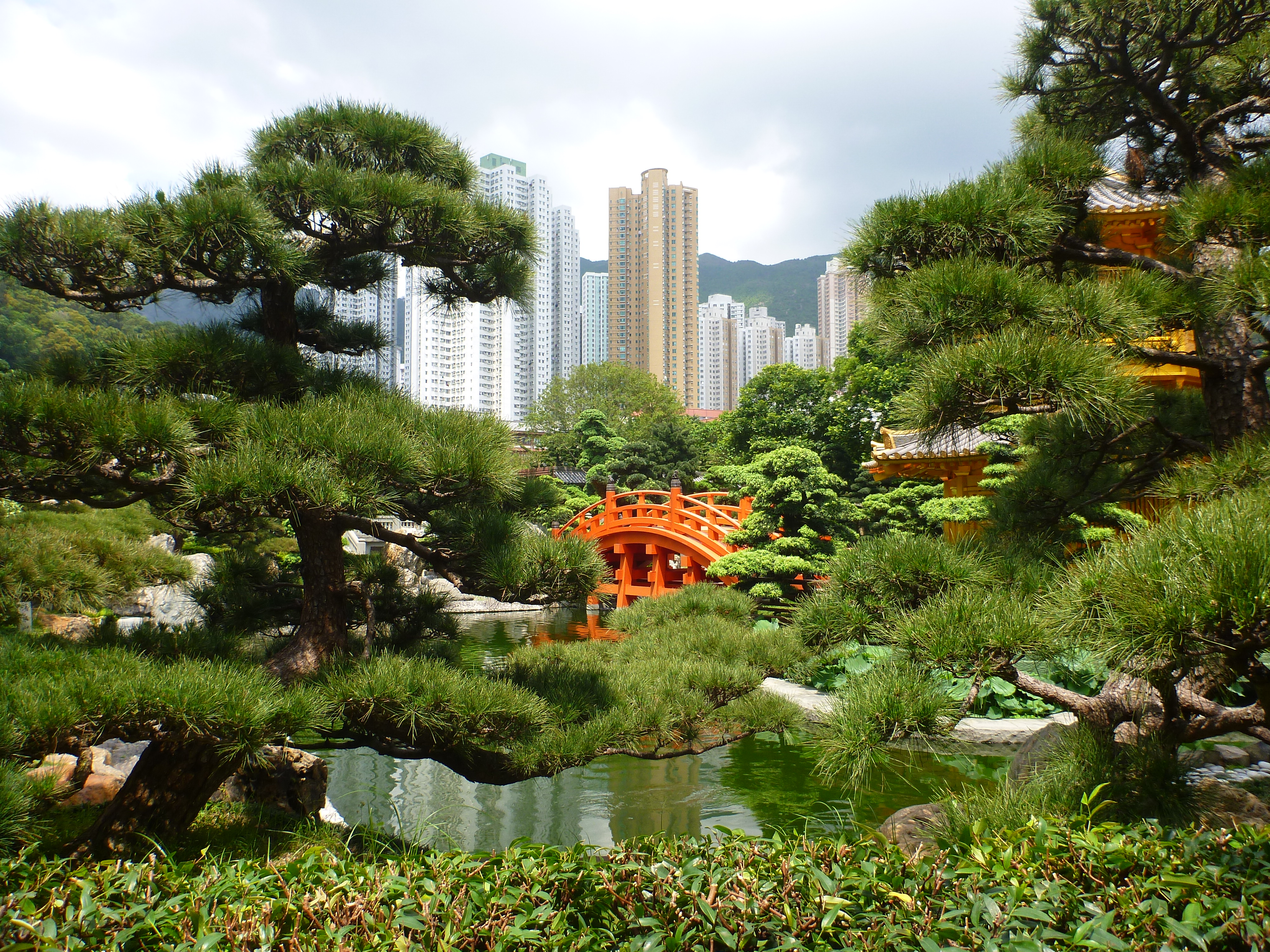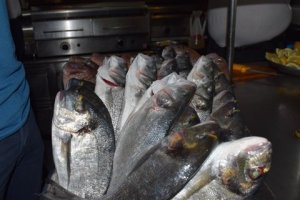One of the main components of resilience is to make sure that you stay in control of what you can control and let go of anything else that you cannot control. I learned that when I kept putting on weight whenever we moved out of a host country and came back to the U.S. and moved again to another country. After 50, I decided that the only things I could control were my body and my mind, and that allowed me to lose 25 pounds.
This time, my move is quite different; it is not what we call, in our jargon, a PCS (permanent change of station). It is not permanent – at least I hope so. But I do have orders. Orders to leave my home, leave my husband without saying goodbye, leave for an undetermined number of months with a tiny carry-on. This time, I am an evacuee from China. I don’t know about your kids, but when I was a kid, never in my wildest dreams nor nightmares, I would have thought that one day, I would define myself as “I am an evacuee … from China.”
Like for other difficult situations, you always think that only others than you will get impacted. The tsunami is not for me, nor the earthquake, nor the C-section, nor the house on fire – this clearly only happens in the movies or in faraway countries. When I followed a seminar to be prepared for a medical evacuation, I didn’t think it was for me – my health is great. And then, one day, I had to be medically evacuated … because accidents happen. And when you give birth naturally to your first baby, you cannot imagine that you might ever require a C-section for the second baby. When the earthquake shakes your building and you are in the shower with shampoo in your eyes, it’s hard to remember the numerous training sessions: do I shelter in place or get out of my building as fast as possible? Those who were not naked in their shower ran outside … and I am still here to write this.
The sense of “it’s for the others” applies to countries, not only individuals. In Beijing, they thought “it’s only in Wuhan”; in the West, they thought “it’s only in China”; in the United States, they thought “it’s only in Italy”; in Wisconsin, they think “it’s only in New York”.
In Beijing, China, we felt safe. China is a very – very – safe place; maybe because the people are nice, maybe because of all the surveillance cameras, or both. I don’t want to know why; all I know is that as an individual I feel very safe in China, I feel safe to take the metro at any time, I feel safe to walk in the streets at night. I do not feel safe to do this in most large cities in the West.
Who could have predicted that a sudden virus would change all our lives? It used to be the lives of all people living in China, and many questions arising for expatriates like us who do have a choice to shelter somewhere else. But now, our plight is being shared by the entire planet in epic proportions. When you are young, you are taught that sharing is a good value … with many exceptions!
There’s a proverb in the United States that I like very much because it’s so positive: “When life gives you lemons, make lemonade.” Turn the negative in positive, in other words, find the silver lining(s).
So rather than dwelling on the separation from my husband, not being in my home – some 6,922 miles away, having to adapt to a new job, and finding that where I am now is not any sanitarily safer than where I was – get out of the rolling wave just to be smacked and engulfed again by another giant wave that takes you, breathless, in a spin, like being in a washing machine, I need to see that my situation is not as bad as many others and that it has silver linings.
Others don’t have a shelter, a job, food on the table, they have to cancel their wedding, can’t see their baby being born, can’t go to funerals, can’t visit their elderly relatives, others are bankrupt, endure domestic violence, don’t have internet to follow online classes, will fail their school year, and the list goes on.
 My Lemonade
My Lemonade
After all my pain was swallowed, I started to count my silver linings:
- We are posted in China for the standard Foreign Service three-year tour so when we say goodbye, we say goodbye to family and friends for three years, even four years sometimes. This sudden move gives me the opportunity to see family and friends after only 18 months of separation. These strange times also allow me to see them more than once and see many more of them.
- My mother-in-law had to move to assisted living the day Wuhan was locked down and my sudden move made me the first respondent when my husband could not be there. I helped her move and feel comfortable in her new home. I advocated for her to ensure she received proper care. I was able to thank in person the people that had helped her.
- My employer found me a very interesting new position in Washington, D.C. I am now in a section where I learn and stretch every day, surrounded by smart people who are nice also.
- I have been evacuated at a good time when Beijing is still extremely cold while Washington, D.C. has a milder climate this March and I was able to enjoy the cherry blossoms and the magnolias in bloom.
- Besides making lemons out of lemonade, it is proven that you can build resilience by helping others that are less fortunate than you. I now have more time to dedicate to my volunteering activities.
- I finally made time to take some online classes.
- I am discovering the uplifting world of TED talks.
- And the list goes on …
I would have added that Washington, D.C. is a great place because all the Smithsonian museums are free, but measures of social distancing were enforced before I could even visit one of them!

Yesterday is history,
Tomorrow is a mystery, but
Today is a gift.
That is why it is called the present.
Enjoy it!























